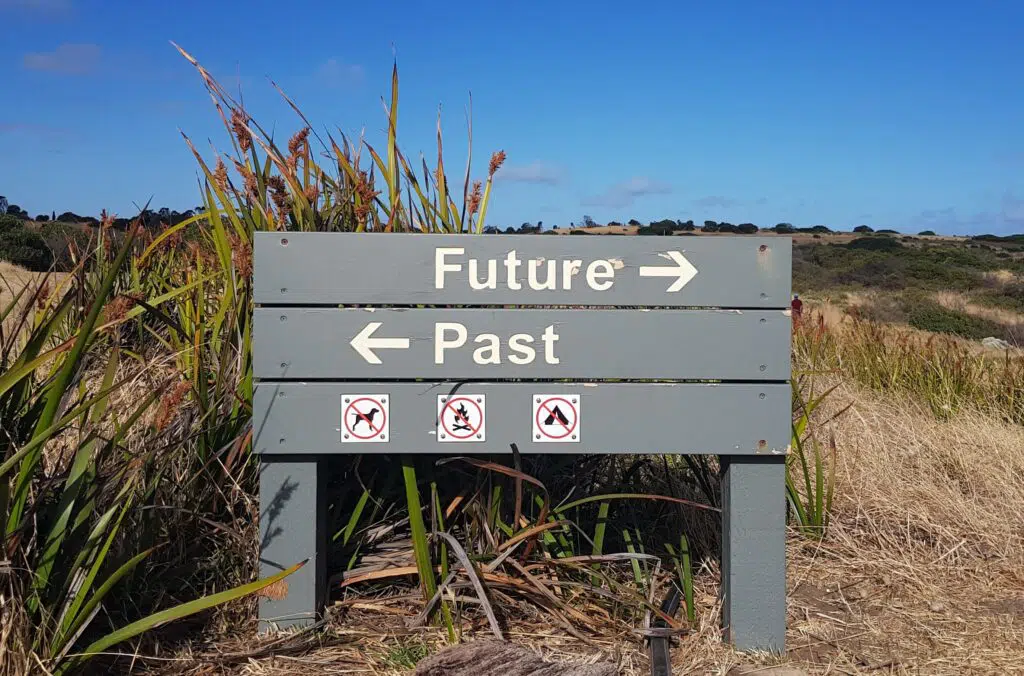You’ve been conducting project retrospectives. Your team knows how they work. You’ve read our earlier blog post about how to lead an effective retrospective. But you’re still not getting the value you expect.
Does this sound familiar? Well, you’re not alone.
Effective retrospectives take time and practice. We’ve detailed the five most common pitfalls that undermine the retrospective process, with clear examples of how you can make the process actually work for you:

1. You’re Not Creating Action Items
At the end of every retrospective, you should be creating concrete action items. These can be things your team needs to start or stop doing. If you aren’t creating those or aren’t assigning them to an individual with a specific timeline, you’re likely not seeing measurable improvement as a result of your retrospectives. Let’s take a look at an example of a good action item:
During this next sprint, Kedron should work to hone his story writing skills to write better success outcomes.
Action items should have a date or timeline
Ex: During this next sprint
Every action item should have a date or timeline associated with it. Of course, you can’t execute all action items before the next retrospective. The task or goal might take longer to complete, or it might not be relevant at the current stage of the project. But even if you need to schedule it for a later date, it should have a due date or timeline. This gives everyone on the team an idea of when they should complete their action items.
Action items should be assigned to an individual
Ex: Kedron
When you assign an action item to a specific team member during the retrospective, it allows that person to own the action item. It creates social accountability and a sense of responsibility for getting it done. Of course, there may be action items that need multiple people. You should still assign those to each individual rather than speak them into the ether for “everyone” to work on.
Action items need to be specific
Ex: Write better success outcomes
As with goals, action items should be very specific so they have criteria for completion. Using our example from above, if the team asks me to focus on writing better stories for the backlog or story map, I don’t have a clear idea on what makes stories better.
By focusing on a specific part of the story—”success outcomes”—I can set smaller action items for myself to work toward that goal. Those might include reading some of Jeff Patton’s work on story mapping or collaborating with another team member for feedback on specific success outcomes. It’s harder to create those tangible milestones or processes with a broader, less defined action item.

2. Team Members Are Withholding Feedback
If team members are not forthcoming with their feedback, it could be hampering the effectiveness of your retrospectives. There is no value in meeting together to pat each other on the back if individuals aren’t willing to be honest and candid with their observations about the previous body of work.
To encourage everyone to share action items, you have to ensure the team feels safe enough with one another to speak candidly. It’s only through these conversations that you can identify valuable action items.
Of course, this requires an extraordinary amount of emotional safety and connection. The team has to be able to focus on the problem and not the person, while acknowledging that there may be a person contributing to that problem. Those giving feedback have to be able to do so without criticism or emotion. The facilitator has to listen and not judge. And each person has to be willing to hear uncomfortable observations about their own work.
Not everyone feels comfortable, even in a safe environment, to share criticism or to instruct someone else. As a retrospective facilitator, you have to draw it out of people. You have to ask them to share their insights with the group for the team’s benefit.
If the way I’m writing stories is hampering the ability of other team members to do their jobs well, they have to be willing to say, “Kedron, it would be great if you sharpened your success criteria so I have a clear idea of what we’re trying to do with each feature.” Beating around the bush or ignoring it altogether will create more frustration for the developers on the team. And it keeps me from growing in my skills, too.
3. There’s a Lack of Accountability
It’s one thing to assign an action item following the criteria above, but your team needs to know they’re accountable for completing the item as well. For most people, there’s a social contract when they’re assigned an action item. But some people will ignore the responsibility or, more likely, get too busy or have trouble prioritizing it. Knowing other people will be following up is a great way to create accountability for completing the item.
Failing to follow up or create accountability can also undermine future retrospectives. If everyone knows the action items are rarely completed and no one will be checking in, there’s little incentive to invest in the retrospective or complete the action item.
Going back to our example above, I would expect the facilitator of the next retrospective to address that action item the next time we meet: “Kedron, how did you do? Were you able to learn more about and practice writing success outcomes? Team, how do you think Kedron did?”

4. You’re Not Holding Retrospectives Often Enough
Maybe you’ve conducted retrospectives in the past and created action items, but it still hasn’t felt like a valuable exercise. It could be you’re not doing them often enough! When there are large gaps between retrospectives, people lose sight of the action items they’re responsible for. They also learn to adjust to the inconveniences that aren’t going to be resolved any time soon.
This leads to resentment within the team. Team members begin to resent the parts of the process that create more work for them. And they begin to resent their teammates for doing things in a way that makes their own work harder.
Going back to our example: Suppose my story-writing skills are creating a block for other team members, but we only meet once a year to reflect on our work. It’s possible a) there will be other issues to bring up and it will get missed or b) it will have caused a full year of frustration before it’s even addressed.
Shortening the gap between retrospectives allows you to discuss real concerns before they get out of hand. You don’t want to get to a retrospective and have to unpack a whole stack of grievances between the team members.
5. Retrospectives Aren’t Tied to Process
Finally, retrospectives lose their value if they’re not part of the process. If you conduct a retrospective as a one-off, you’re not likely to loop back to it and measure what you’ve learned from the past. One-off retrospectives rarely include accountability or resolve action items.
To be effective, a retrospective has to be part of the process. After each segment of work, there should be moments where you gather the team and reflect on what worked and what didn’t. Spacing them out every three to six months or once a year isn’t going to yield the results you’re looking for.
If retrospectives are not part of the process, individuals aren’t going to be comfortable with the mechanics involved. And they’re not going to be thinking about it as they go about their regular work. So there’s going to be an inherent hesitation for team members to take part, whether it’s because they’re unfamiliar with the process or uncomfortable with the social dynamics of sharing negative feedback.
If a retrospective is a part of the process, the team becomes comfortable with the mechanics, with sharing candidly, and with being vulnerable. This leads to faster and better results.
Retrospectives feel like they could be a one-and-done type process, but the real value comes from continuous improvement. For example, after I work on writing clearer success outcomes and achieve that goal, I can then turn my attention to the next item to continue to improve and remove roadblocks for the rest of the team.
If you’re not getting the most out of your retrospectives, consider refining the process to:
- Assign action items to team members with specific details and due dates.
- Ensure people are being forthcoming and candid in their feedback.
- Hold people accountable for their action items.
- Conduct retrospectives often enough to address issues and remove roadblocks.
- Include retrospectives as part of your regular process.